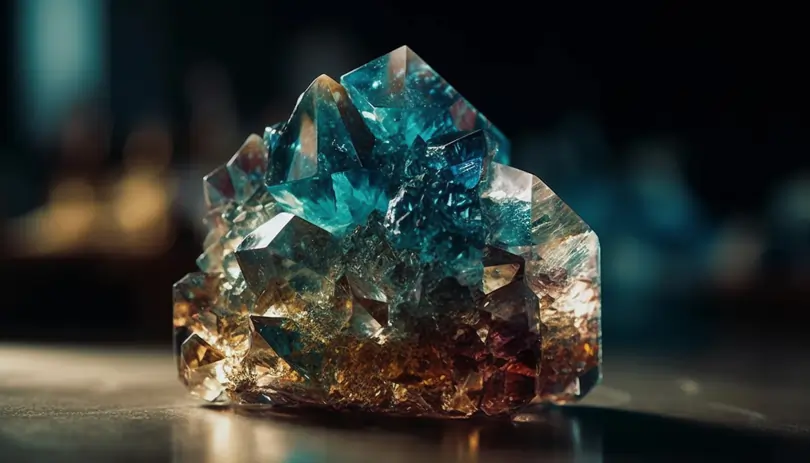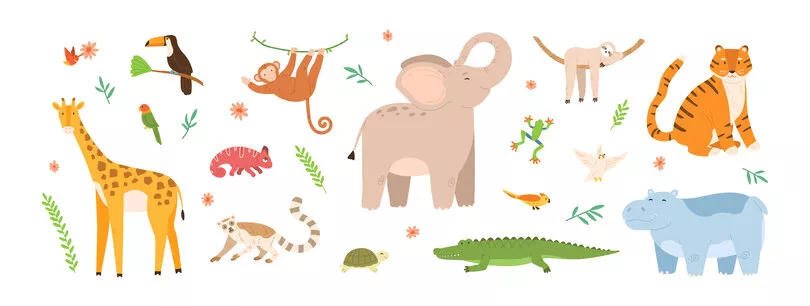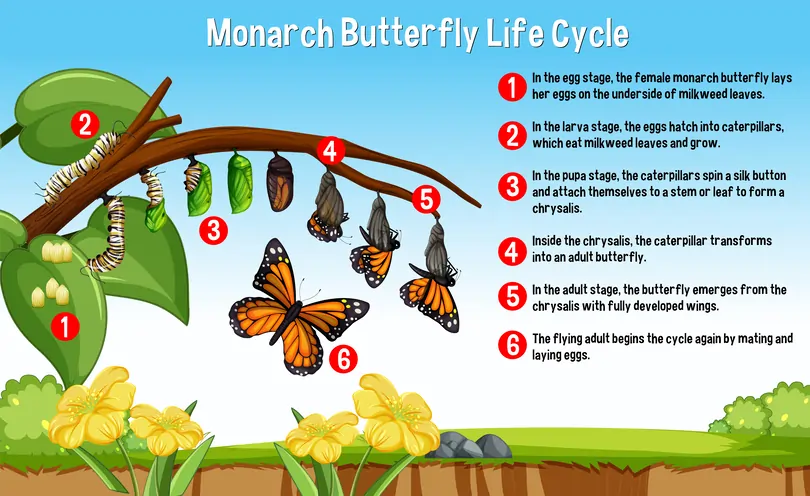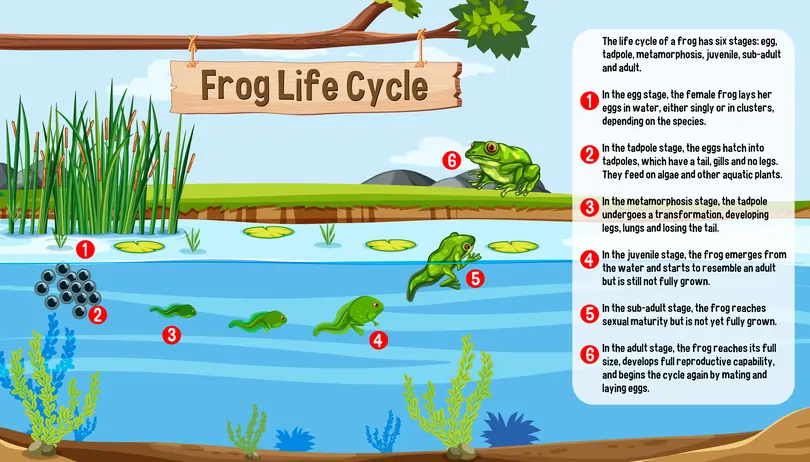Nature's symphony: Exploring the similarities in life cycles of animals, plants, and fungi

Image Credit: macrovector / Freepik
Did you know that animals, plants, and fungi are like the coolest trio of life cycles out there? Even though they're from different kingdoms, they still have so much in common.
So, grab your lab coats and let's explore how the life cycles of animals, plants, and fungi are similar. Let's roll!
Topics covered in this article are:
- Life cycle of animals
- Life cycle of plants
- Life cycle of fungi
- Similarities in the life cycles of animals, plants, and fungi
- FAQs
- Conclusion
1. The life cycle of animals
Animal life cycles vary from species to species.
However, all animals share a few key stages in their life cycles:
-
Birth/ Hatching
Animals are born in different ways, depending on their species. Some animals, like reptiles and birds, hatch from eggs, while others, like mammals, are born from their mother's wombs (Except for seahorses -where males give birth). -
Growth and Development
After birth or hatching, animals go through a period of growth and development. During this time, they increase in size and undergo various physical and behavioural changes. -
Reproduction
When animals are old enough, they reproduce to preserve their species.
If you want to learn more, we have published detailed notes for the Primary 4 Animal life cycle topic here.
2. The life cycle of plants
Like animals, plants have a diverse range of life cycles, depending on their species.
However, all plants share a few key stages in their life cycles:
-
Seed Germination
Plants begin their life cycle as a seed. The seed germinates when it comes into contact with water and soil. -
Growth and Development
After germination, the plant undergoes a period of growth and development. During this time, it produces leaves, stems, and roots, and grows taller. -
Reproduction
Once the plant reaches maturity, it produces flowers, which contain the reproductive organs. The flowers are pollinated by insects or wind, and the fertilised egg develops into a seed.
For more details, click here for detailed notes on the Primary 4 flowering plant life cycle here.
3. Life cycle of fungi
Fungi also have a diverse range of life cycles, depending on their species. However, all fungi share a few key stages in their life cycles:
-
Spore Germination
Fungi begin their life cycle as a spore. The spore germinates when it comes into contact with a suitable substrate. -
Growth and Development
After germination, the fungus grows and develops. It forms a network of thread-like structures called mycelium, which absorbs nutrients from the substrate. -
Reproduction
Once the mycelium reaches maturity, it produces fruiting bodies, which contain the reproductive organs. The fruiting bodies release spores, which start the life cycle again.
4. Similarities in the Life Cycles of Animals, Plants, and Fungi
While the life cycles of animals, plants, and fungi differ in some ways, they also share many similarities.
Here are some key similarities:
- All organisms begin their life cycles as a single cell or a spore.
- All organisms undergo a period of growth and development after birth, hatching, or germination.
- All organisms have a reproductive stage, where they produce offspring to continue their species.
- Many organisms, particularly those in the animal and plant kingdoms, have complex mating rituals and behaviours.
5. FAQs
Q: Do all plants reproduce by producing flowers?
A: No, some plants, such as ferns and mosses, reproduce by spores rather than flowers.
Q: Do all fungi produce fruiting bodies?
A: No, some fungi, such as yeasts, do not produce fruiting bodies.
Q: Can animals and plants reproduce with each other?
A: No, animals and plants belong to different kingdoms of life and cannot reproduce with each other.
Q: Can fungi reproduce with animals or plants?
A: No, fungi cannot reproduce with animals or plants. They have their own unique method of reproduction.
6. Conclusion
It’s easy not to consider the similarities between animals, plants and fungi when we’re so used to seeing them as separate entities; but if we take a closer look at their life cycles we can see just how much alike they really are! All three share a common structure—growth followed by regeneration—though each one has adapted differently over time in order to survive in various conditions around the world. So next time you’re out exploring nature, remember this unconventional comparison! Who knows what new insights you might uncover!
If you liked this article, you'll love Botanical secrets: 5 fascinating plant facts that'll leave you in awe next!


 SG
SG  VN
VN 



















